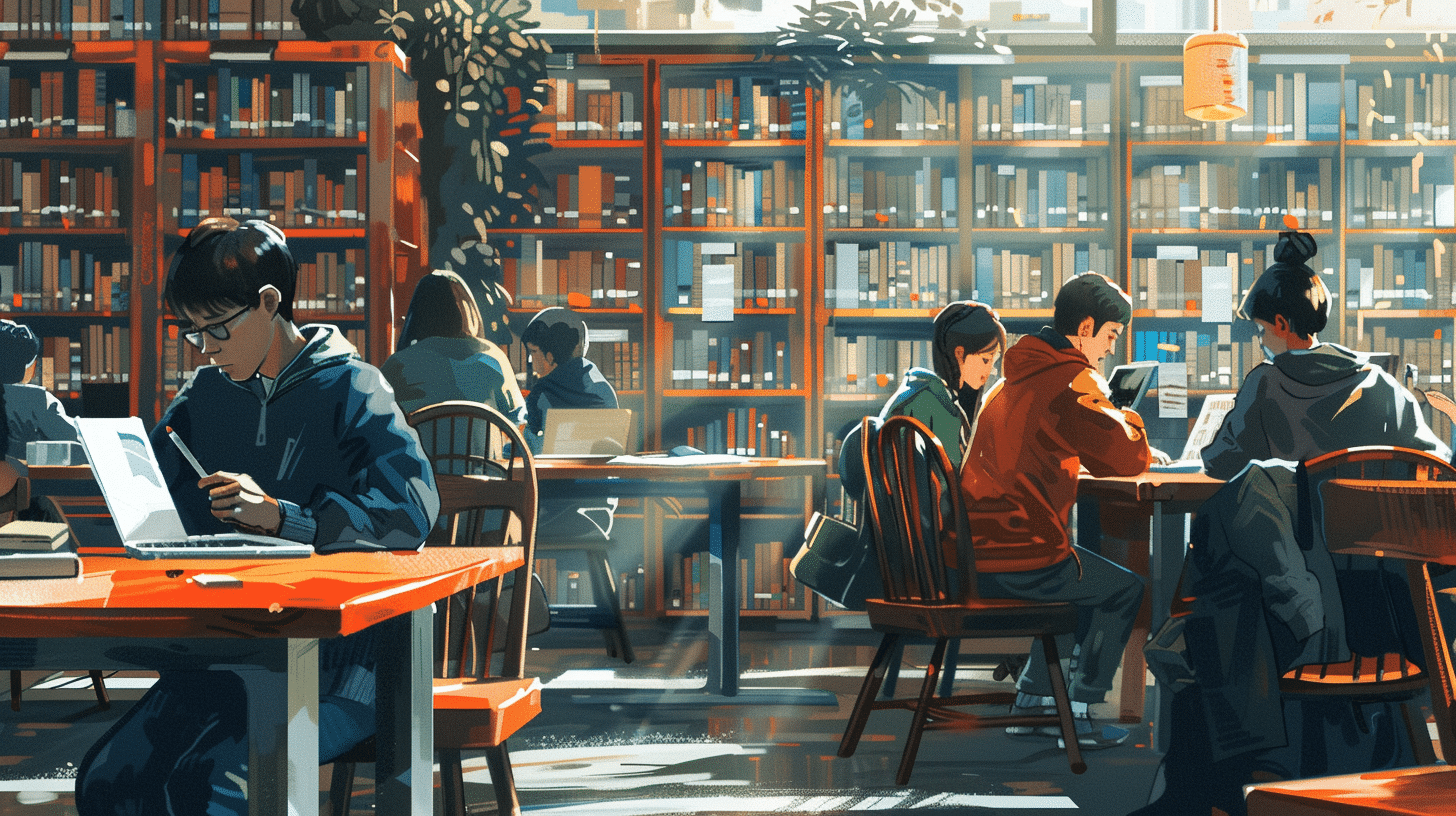When learning Japanese and exploring Japan’s rich cultural heritage, it’s essential to understand the fundamental differences between 寺 (Tera) and 神社 (Jinja). Both are significant religious sites, but they belong to different religious traditions: Buddhism and Shinto, respectively. This article will delve into the distinct characteristics, historical backgrounds, and cultural significance of 寺 and 神社 to help you appreciate and distinguish these important aspects of Japanese culture.
Firstly, let’s explore 寺 (Tera), which translates to temple in English and is associated with Buddhism. Buddhism was introduced to Japan from China and Korea around the 6th century. A 寺 typically functions as a place of worship, meditation, and community gatherings for Buddhists. When you visit a 寺, you are likely to encounter various architectural elements and symbols that reflect Buddhist beliefs.
One of the most iconic features of a 寺 is the pagoda, a multi-tiered tower often used to house sacred relics. Another prominent structure is the main hall or hondo, where the principal object of worship, such as a statue of the Buddha or a famous Bodhisattva, is enshrined. You may also find a kodo or lecture hall, where monks and practitioners study Buddhist teachings, and a bell tower or shoro, where a large bell is rung to mark the time for rituals and meditation.
In addition to these structures, many 寺 are surrounded by beautiful gardens designed to promote tranquility and reflection. These gardens often feature elements such as ponds, bridges, and carefully arranged rocks and plants, embodying the principles of Zen Buddhism. The peaceful atmosphere of a 寺 makes it an ideal place for meditation and contemplation.
On the other hand, 神社 (Jinja), which translates to shrine in English, is associated with Shinto, Japan’s indigenous religion. Shinto is characterized by the worship of kami, which are spirits or deities that inhabit natural phenomena, objects, and ancestors. A 神社 serves as a sacred space where people can pay their respects to the kami and seek their blessings.
One of the most recognizable features of a 神社 is the torii gate, a traditional Japanese gate that marks the entrance to the sacred grounds. Passing through the torii symbolizes the transition from the mundane world to the sacred realm of the kami. The main structure within a 神社 is the honden or main sanctuary, where the kami is enshrined. Unlike Buddhist temples, the honden is often closed to the public, and only priests may enter.
In front of the honden, you will typically find the haiden or worship hall, where visitors can offer prayers and make offerings to the kami. Other common features include the temizuya or purification fountain, where visitors cleanse their hands and mouth before approaching the shrine, and the ema boards, where people write their wishes and hang them for the kami to receive.
While 寺 and 神社 have distinct architectural elements and religious practices, they often coexist harmoniously within Japanese society. It’s not uncommon to find a 寺 and a 神社 located near each other, reflecting the syncretic nature of Japanese religious traditions. Many Japanese people visit both 寺 and 神社 throughout their lives, participating in various rituals and festivals associated with each religion.
One key difference between the two is the type of festivals and rituals they host. 寺 often hold Obon festivals, which are dedicated to honoring the spirits of ancestors. During Obon, people visit Buddhist temples, offer prayers, and participate in traditional dances known as Bon Odori. On the other hand, 神社 are known for hosting Matsuri, which are Shinto festivals that celebrate seasonal changes, agricultural cycles, and historical events. Matsuri often involve processions, music, and dance, creating a lively and festive atmosphere.
Another important aspect to consider is the role of religious practitioners. In 寺, you will find Buddhist monks and priests who are responsible for conducting rituals, teaching Buddhism, and maintaining the temple grounds. These monks often live within the temple complex and dedicate their lives to religious practice and study. In contrast, 神社 are overseen by Shinto priests, known as kannushi, who perform rituals, offer prayers to the kami, and ensure the proper upkeep of the shrine. Shinto priests may not necessarily live at the shrine and often have other occupations.
When visiting a 寺 or 神社, it’s essential to follow proper etiquette to show respect for the sacred space. At a 寺, it’s customary to bow and remove your shoes before entering certain buildings, and to remain quiet and respectful, especially in areas designated for meditation. At a 神社, you should purify yourself at the temizuya before approaching the haiden. When offering prayers, it’s traditional to bow twice, clap your hands twice, and then bow once more.
In conclusion, understanding the differences between 寺 (Tera) and 神社 (Jinja) is crucial for anyone interested in Japanese culture and religion. 寺 are Buddhist temples that serve as places of worship, meditation, and community gatherings, characterized by features such as pagodas, main halls, and tranquil gardens. 神社 are Shinto shrines dedicated to the worship of kami, marked by torii gates, purification fountains, and worship halls. Both play a vital role in the spiritual and cultural life of Japan, offering unique insights into the country’s rich religious heritage. By appreciating and respecting these sacred sites, you can gain a deeper understanding of Japan’s history, traditions, and the harmonious coexistence of Buddhism and Shinto.







